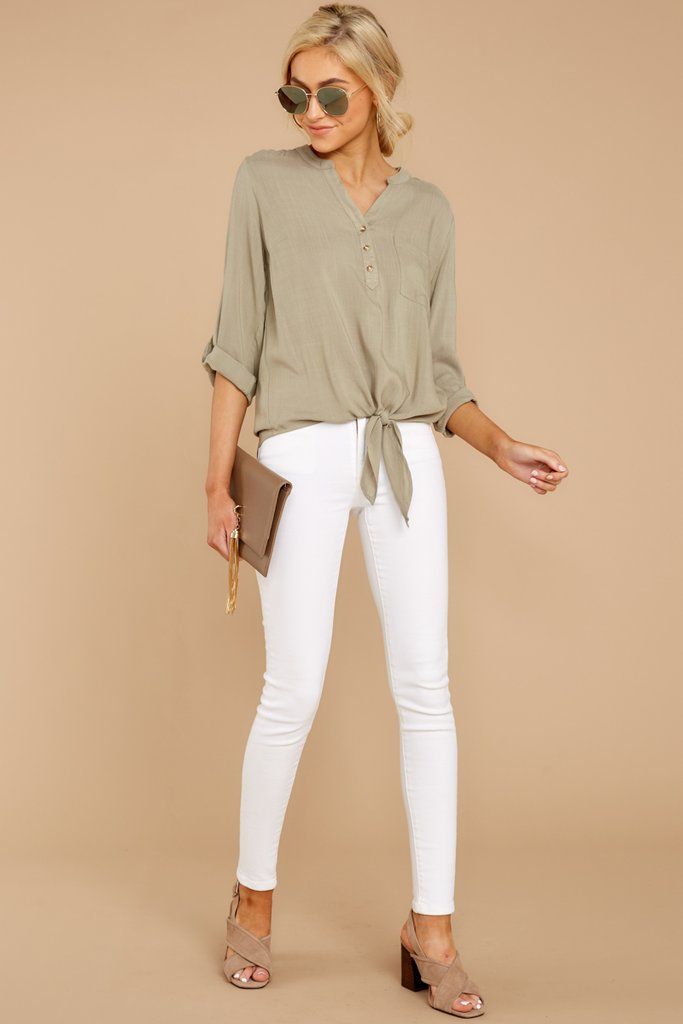Living in extremely cold countries presents unique challenges, particularly when it comes to clothing. The need for warmth, comfort, and functionality drives the choices of those who inhabit these frigid environments. In this article, we will explore the various layers and types of clothing that people in very cold countries wear, delving into the materials, technologies, and cultural influences that shape their winter wardrobes.
The Importance of Layering
One of the fundamental principles of dressing for cold climates is layering. This technique not only provides insulation but also allows for flexibility in adjusting to varying temperatures throughout the day. The layering system typically consists of three main components: base layers, insulation layers, and outer layers.
- Base Layers
Base layers are the first line of defense against the cold. They are designed to wick moisture away from the skin, keeping the wearer dry and warm. Common materials for base layers include:
- Merino Wool: Known for its excellent moisture-wicking properties and natural temperature regulation, merino wool is a popular choice. It provides warmth without bulk and is also odor-resistant.
- Synthetic Fabrics: Polyester and nylon blends are often used for base layers due to their durability and quick-drying capabilities. These materials are lightweight and can effectively manage moisture, making them ideal for active individuals.
- Insulation Layers
The insulation layer is crucial for trapping body heat. This layer can be made from various materials, each with its own advantages:
- Down Insulation: Renowned for its exceptional warmth-to-weight ratio, down insulation is a favorite among those living in extremely cold climates. However, it loses its insulating properties when wet, so it is often combined with water-resistant outer layers.
- Synthetic Insulation: Materials like Primaloft and Thinsulate offer warmth even when wet, making them a reliable choice for unpredictable weather conditions. They are also lighter and more compressible than down, making them easier to pack.
- Outer Layers
The outer layer serves as a barrier against wind, snow, and rain. It is essential for maintaining warmth and dryness. Key features to look for in outer layers include:
- Waterproof and Breathable Fabrics: Technologies such as Gore-Tex and eVent provide excellent protection against the elements while allowing moisture to escape, preventing overheating during physical activities.
- Windproof Features: Wind-resistant materials are crucial in cold climates, as wind chill can significantly lower perceived temperatures. Look for jackets with windproof shells to enhance warmth.
Footwear: The Foundation of Warmth
In very cold countries, proper footwear is just as important as clothing. Insulated and waterproof boots are essential for keeping feet warm and dry. Key features to consider include:
- Insulation: Look for boots with adequate insulation, such as Thinsulate or down, to ensure warmth in sub-zero temperatures.
- Waterproofing: A waterproof membrane is vital for keeping feet dry in wet conditions. Many high-quality boots feature Gore-Tex or similar technologies.
- Traction: Cold climates often come with icy surfaces, so boots should have a rugged sole with good traction to prevent slips and falls.
Accessories: The Finishing Touches
Accessories play a critical role in protecting extremities from the cold. Essential items include:
- Hats: A significant amount of body heat is lost through the head, making a warm hat essential. Materials like wool or fleece provide excellent insulation.
- Gloves and Mittens: Insulated gloves or mittens are necessary to keep hands warm. Mittens tend to be warmer than gloves because they allow fingers to share warmth.
- Scarves and Neck Gaiters: Protecting the neck and face from cold winds is crucial. A thick scarf or a neck gaiter can provide additional warmth and comfort.
Cultural Influences on Cold Weather Clothing
In addition to functionality, cultural factors also influence how people dress in cold climates. Traditional garments, such as the Inuit parka or the Russian ushanka, are designed with specific features that cater to the needs of their environments. These garments often incorporate local materials and craftsmanship, reflecting the heritage and lifestyle of the people.
Conclusion
Dressing for survival in very cold countries requires a thoughtful approach to layering, material selection, and functionality. By understanding the importance of base, insulation, and outer layers, as well as the significance of proper footwear and accessories, individuals can effectively combat the harsh elements. Moreover, recognizing the cultural influences on cold weather clothing adds depth to our understanding of how people adapt to their environments. Whether you are a resident of a cold climate or planning a visit, investing in the right clothing is essential for comfort and safety in extreme conditions.

